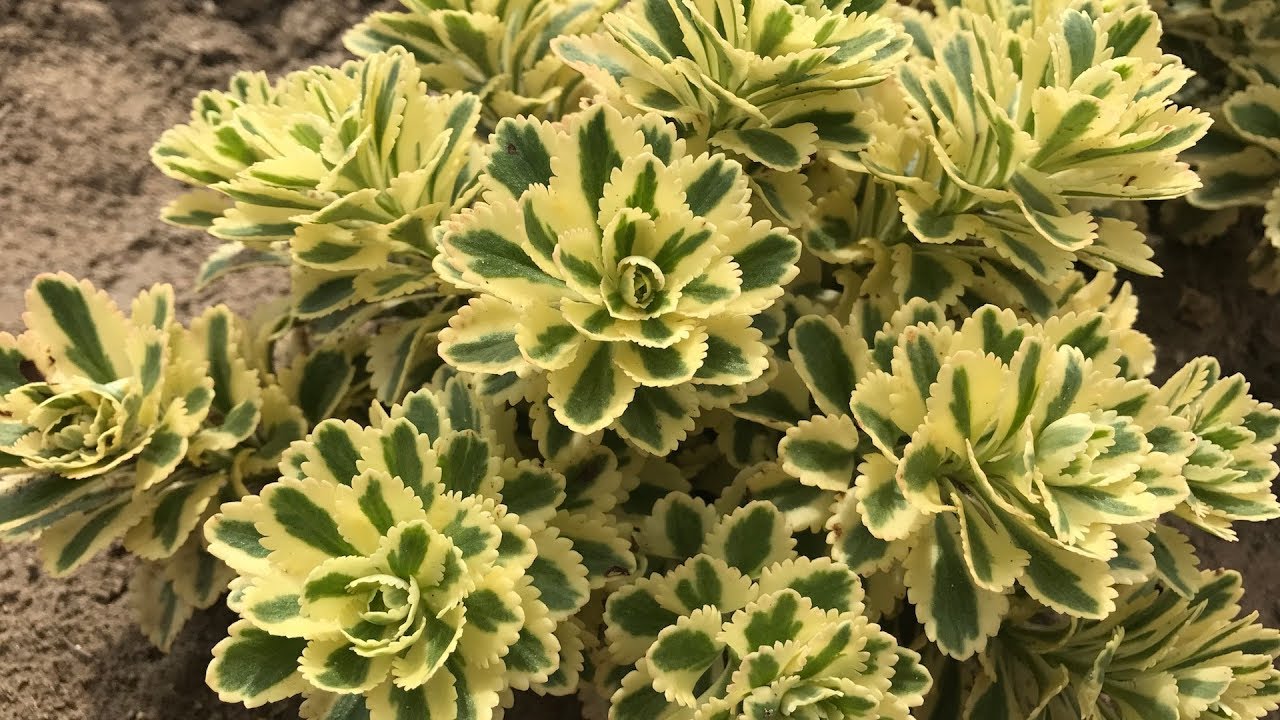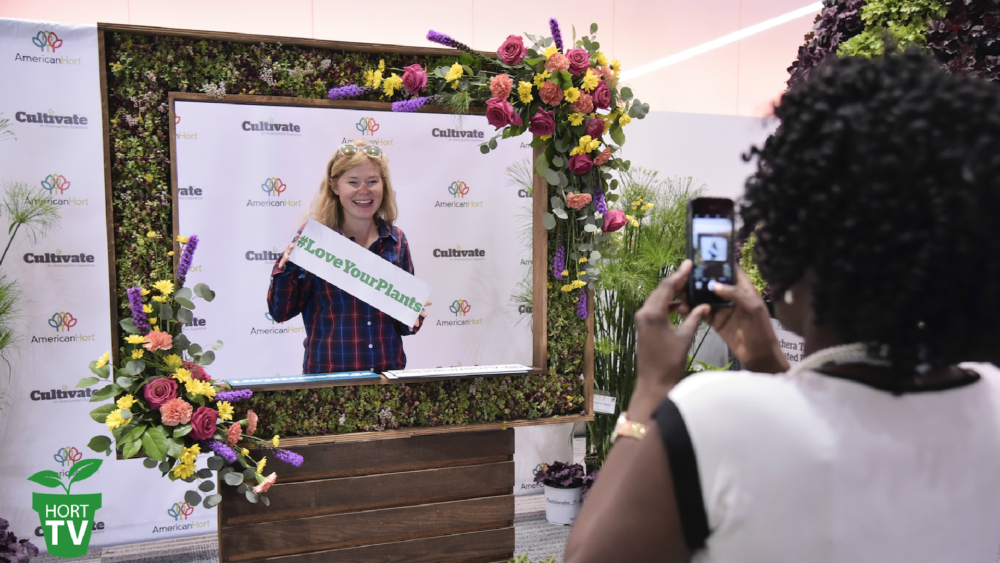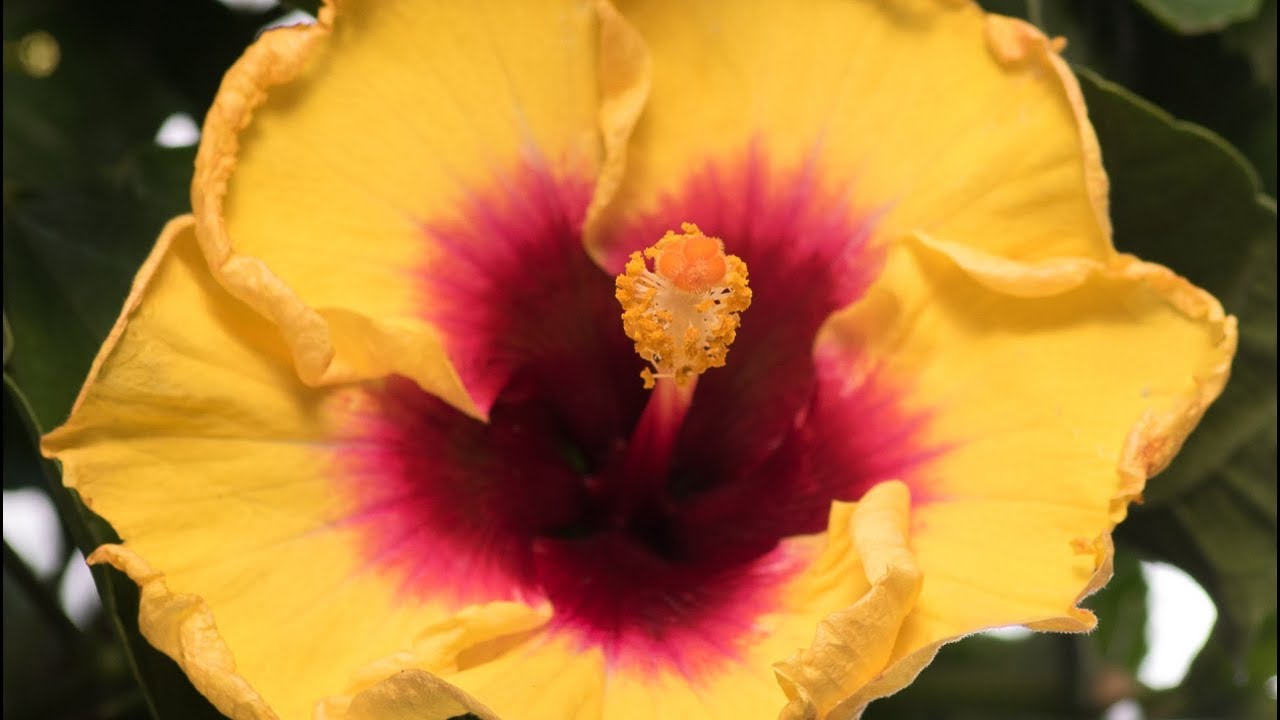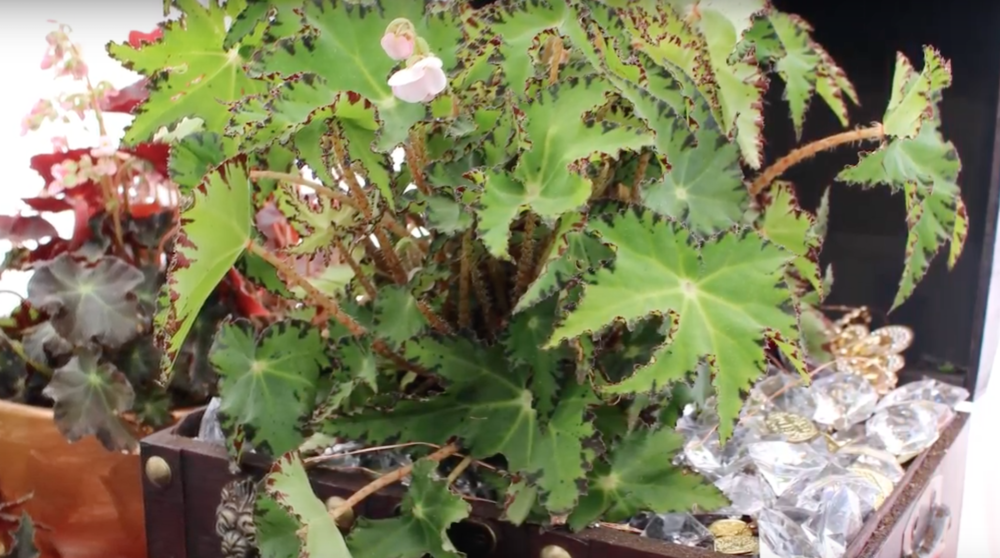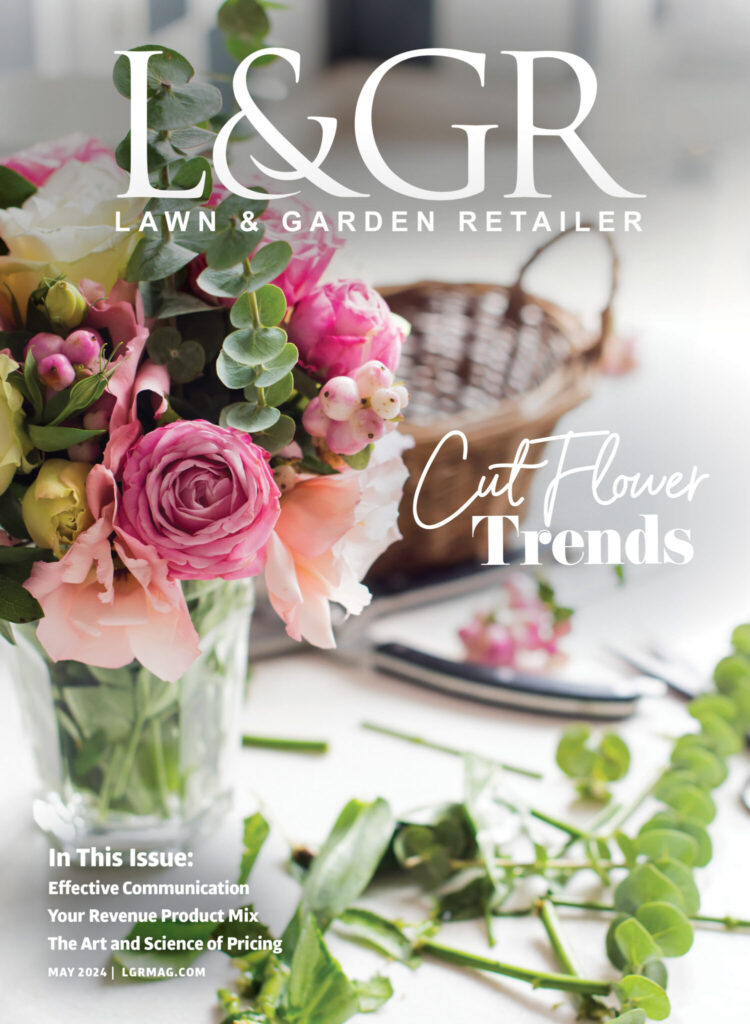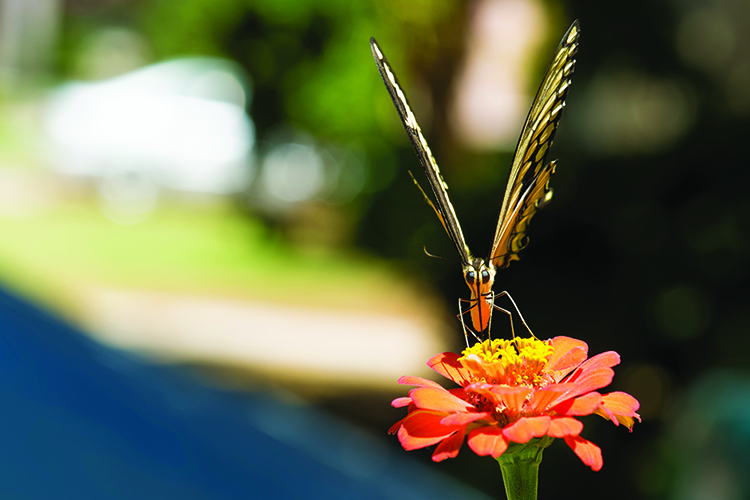
Promoting Pollinators
5 Award-Winning Pollinator-Friendly Varieties
These five award-winning pollinator magnets are sure to make a buzz in your customers’ landscape.
Compiled by Teresa McPherson
Agastache Poquito
Three varieties from Terra Nova’s agastache Poquito series were categorized and awarded as the Best Pollinator-Friendly perennial varieties at the Smith Gardens New Products Showcase in 2020: ‘Poquito Butter Yellow’, ‘Poquito Lavender’ (pictured) and ‘Poquito Orange’. Bees were drawn in high numbers to the plants’ continuous flushes of flowers.
Calamintha nepeta subsp. nepeta
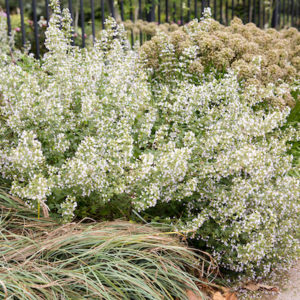 The Perennial Plant Association (PPA) named Calamintha nepeta subsp. nepeta as the 2021 Perennial Plant of the Year. Calamintha looks like a cloud of confetti, with tiny white flowers (sometimes touched with pale blue) that appear from early summer to fall on this plant. Bees and other pollinators work the flowers throughout the summer.
The Perennial Plant Association (PPA) named Calamintha nepeta subsp. nepeta as the 2021 Perennial Plant of the Year. Calamintha looks like a cloud of confetti, with tiny white flowers (sometimes touched with pale blue) that appear from early summer to fall on this plant. Bees and other pollinators work the flowers throughout the summer.
Leucanthemum ‘Sweet Daisy Birdy’
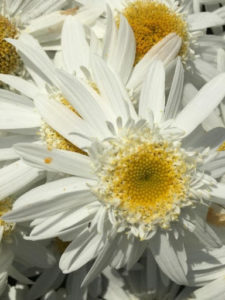 An All-America Selections winner, ‘Sweet Daisy Birdy’ leucanthemum is a beautiful perennial with robust, long-lasting blooms and carefree longevity. Leucanthemums, also known as Shasta Daisies, are used for both cut flowers and garden highlights while also providing food and habitat for many kinds of pollinators. It is bred by Dümmen Orange.
An All-America Selections winner, ‘Sweet Daisy Birdy’ leucanthemum is a beautiful perennial with robust, long-lasting blooms and carefree longevity. Leucanthemums, also known as Shasta Daisies, are used for both cut flowers and garden highlights while also providing food and habitat for many kinds of pollinators. It is bred by Dümmen Orange.
Oscar Peterson Rose
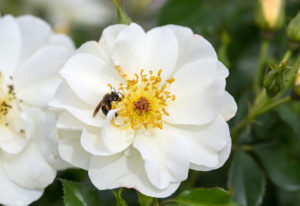 Oscar Peterson Rose was awarded a Gold Medal at the International Rose Trials in Nyon, Switzerland, in the Floribunda category. These trials have a focus on sustainability with a ‘zero spraying’ regulation to protect the environment and test all roses without the interference of chemicals.
Oscar Peterson Rose was awarded a Gold Medal at the International Rose Trials in Nyon, Switzerland, in the Floribunda category. These trials have a focus on sustainability with a ‘zero spraying’ regulation to protect the environment and test all roses without the interference of chemicals.
“It is an extremely tough plant that is also a great pollinator magnet, with bees and butterflies covering the golden stamens in the center, said Natalia Hamill, Bailey brand and business development manager.
It was introduced by the Easy Elegance Rose Collection in 2020 to the North American consumer marketplace.
Buddleia ‘Pugster Blue’
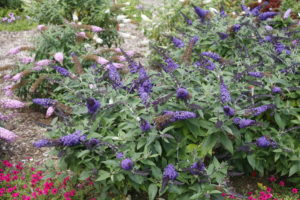 Proven Winners’ 2021 Flowering Shrub of the Year Pugster Blue butterfly bush was also honored with a Plantarium Gold Medal, Plantarium Best in Show, Cultivate Garden Center Group’s Retailers’ Choice Award. The butterfly bush entices with full-sized, dark violet-blue flowers on a tidy, compact shrub.
Proven Winners’ 2021 Flowering Shrub of the Year Pugster Blue butterfly bush was also honored with a Plantarium Gold Medal, Plantarium Best in Show, Cultivate Garden Center Group’s Retailers’ Choice Award. The butterfly bush entices with full-sized, dark violet-blue flowers on a tidy, compact shrub.
The green industry benefits from services provided by pollinating insects because plants bearing fruit at garden centers are often preferred by retail customers. Also, pollinators help urban landscapes thrive by fostering berry and other fruit production that assist in supporting wildlife. Therefore, recognizing the many types of pollinators and identifying practical ways to support them is good for pollinators, good for your customers and good for your business!
There are many pollinator-friendly practices that the green industry can adopt that do not require new equipment or changes to production or maintenance systems, like managing pesticide use, using cover crops, and taking into consideration when reducing pollen in ornamental plants so as to not inadvertently reduce food sources for pollinators. Adopting these practices only requires awareness and small changes to existing operations so that land is managed in a way that also benefits pollinators.
Here are a few pollinator tips that all sectors of the green industry can benefit from:
- Foster development of school- and community-based pollinator gardens.
- Learn about native pollinators to better provide individual pollinator needs.
- Offer a variety of plants that provide pollen and nectar throughout the year to create more diverse and ecologically healthy environments.
- Offer native and/or wild-type flowering plants that produce nectar and pollen.
- Support local beekeepers and organizations that research or promote pollinator health.
Specific Pollinator Support Practices
The following include specific practices and strategies that retail, nursery and landscape businesses can incorporate into their daily tasks and share with their customers. These tips provide a range of options for promoting pollinators, regardless of type of business, space or resources.
Garden Centers
In the retail industry, providing customers with literature on the importance of pollinators and engaging suppliers in conversation regarding the importance of pollinator-safe practices can be one of the most impactful ways to promote pollinator health. By creating signage describing these pollinator-friendly practices and keeping low- and no-pesticide use plants available in inventory to choose from, customers can make informed plant choices.
Other impactful ways to promote pollinator-friendly strategies are to offer discounts on pollinator-friendly plants, such as coneflowers, each week (see sidebar, “5 Award-Winning Pollinator-Friendly Varieties”). In addition to offering discounts, emphasizing the importance of pollinators during gardening workshops and when hosting school groups are other fun ways to promote stewardship and educate the public.
Grower-Retailers
If you are a grower-retailer, reducing, refining or eliminating the use of pesticides on plants where possible, especially when plants are in bloom, will help protect pollinators from accidental exposure. Adopting Integrated Pest Management (IPM) practices can help protect beneficial insects, reduce risk to employees, and save money through more efficient and effective pesticide application. IPM practices include spraying only those plants with a pest problem of economic significance and only when the pest is at a vulnerable life stage, thereby limiting pesticide applications to only those applications that are likely to be effective and efficient.
Another strategy is to target pesticide applications to the relevant plant part; for example, by closing sprayer nozzles to only spray tree canopies, not trunks, for certain pests. Directed sprays, such as those that are applied with a hand wand, can also focus applications on the intended part of the crop plant. Similarly, using laser-guided spray technology to sense the plant’s presence and its characteristics can greatly reduce non-target application and drift, which can reduce the potential for accidental pollinator exposure.
These tips act as a great starting point for garden centers who want to become more pollinator friendly. Educating your customer about the importance of pollinators, making pesticide applications in a way that minimizes risk to bees and other pollinators, and by fostering pollinator-friendly habitats, your store and your customers can help maintain healthy pollinator populations in their communities.
For more information, retailers, landscapers and nursery producers can contact their county UT-TSU Extension office. To learn more, visit https://extension.tennessee.edu/ Pages/default.aspx

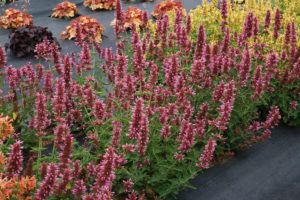
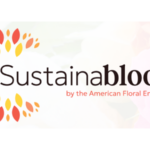
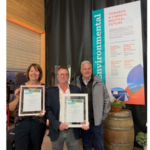


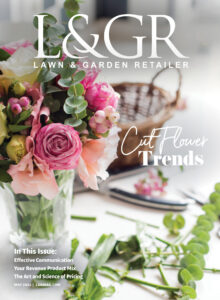
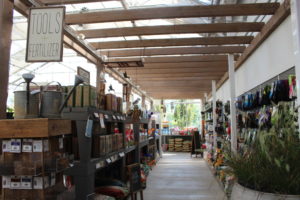
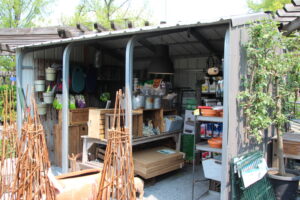
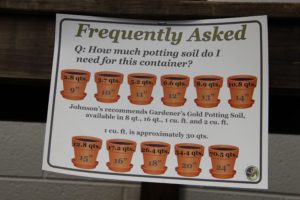
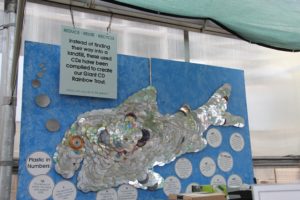
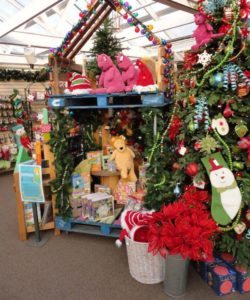
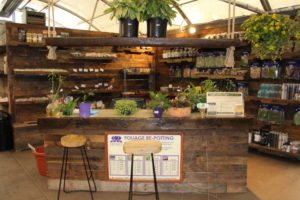

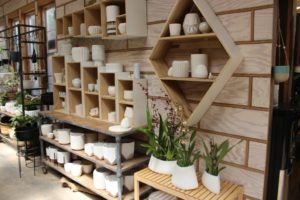
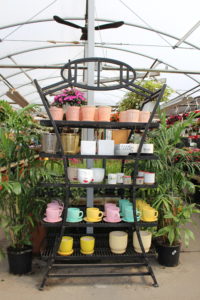

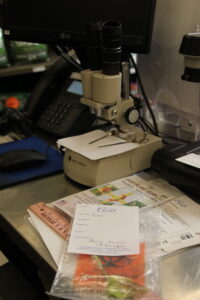
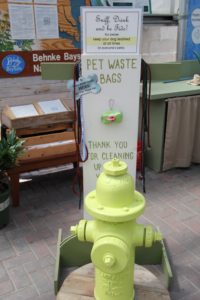
 Videos
Videos